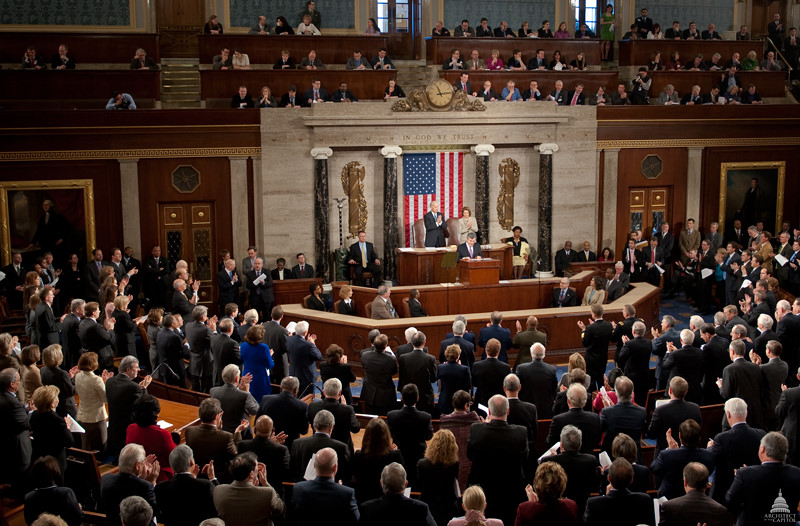Children and youth could see some gains under a bill that passed Congress early this morning, funding the government through March 23. The bill raises caps on domestic and military spending by about $300 billion and allots money for disaster relief and the opioid epidemic.
“What we’re most excited about is the increase to the Child Care Block Grants,” said Chris Neitzey, policy director for the New York State Network for Youth Success.
The bill increases child care subsidies to low-income families through that program by $5.8 million over two years.
“That should provide a lot of much-needed subsidy dollars,” Neitzey said.
In New York, only 17 percent of families eligible for the child care subsidies currently get any help under the program, he said.
Across the nation, child care assistance could reach an additional 230,000 children, according to The Center for Law and Social Policy.
About one-third of Child Care Block Grant funding goes to after-school programs for school-age kids.
Noticeably absent in the measure was any provision for Dreamers, youth brought to this country as children by undocumented parents. Legislation protecting them is set to expire March 5. Some House Democrats were angry that the spending bill, which addressed an array of issues, did not address these youth, who are in the DACA program (Deferred Action for Childhood Arrivals).
“All those children fall into our purview,” Neitzey said, regardless of whether they are documented or not. “All children should be supported.”
The spending bill did not address funding for after-school and summer learning programs. But those funds, through the 21st Century Community Learning Centers, are expected to be available.
The bill raised nondefense spending caps by more than $60 billion for the next two fiscal years, said Erik Peterson, vice president of policy for the Afterschool Alliance, in an email. The higher cap greatly increases the likelihood that funds for 21st Century funds will be maintained or increased, he said.
21st Century funds come through the Labor, Health and Human Services and Education appropriations. House and Senate Appropriations committees are expected to finalize the amount before March 23.
The spending bill supports health programs except for Affordable Health Care Act insurance exchanges. The Children’s Health Insurance Program would be funded for four years.
The nation’s community health centers, which serve 27 million low-income people, are allotted $7 billion.
Funds to fight the opioid epidemic totaled $6 billion.
Neitzey applauded that funding “if done in the right way.” He believes after-school and summer learning programs as well as community schools are “key factors” in the fight against opioid abuse. The programs get kids involved in positive activities, and community schools can also make mental health services available, he said. Together they offer prevention and provide supports.
The spending bill repeals a 15-member panel under the Affordable Care Act that was supposed to keep Medicare spending under control.
A mishmash of funding includes provisions that might not have survived an open, full debate, according to the New York Times.
The measure also kept funding for abstinence-only sex education programs.
































